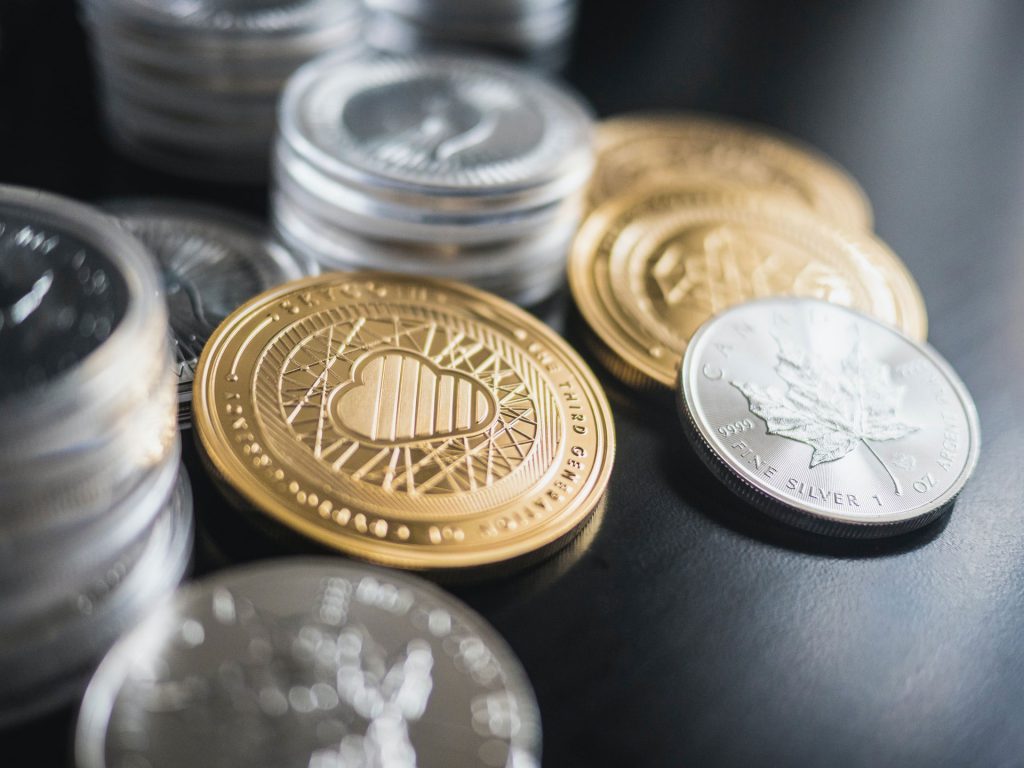In today’s connected world, protecting digital information is no longer optional — it’s essential. Every message sent, file shared, or transaction completed online carries sensitive data that must be secured. Cryptography, the science of encoding and decoding information, plays a vital role in keeping that data private and protected from unauthorized access.
Here are five key ways cryptography safeguards your privacy and ensures your information stays in the right hands.
1. Encryption Protects Your Information
The most common and powerful way cryptography secures your data is through encryption. This process converts readable information (plaintext) into an unreadable format (ciphertext) that can only be decrypted with the correct key.
When you use encrypted services such as secure messaging apps, banking platforms, or cloud storage, your data becomes inaccessible to hackers or eavesdroppers. Even if someone intercepts your information, it remains useless without the decryption key.
2. Authentication Verifies Identities
Cryptography is also used to confirm that the person or system you’re communicating with is genuine. This is done through digital authentication, which relies on cryptographic keys and certificates to verify identities.
For example, when you log in to a secure website, you’ll often see a padlock symbol in your browser. That means the site uses SSL/TLS encryption, which authenticates the connection and prevents impersonation. This ensures you’re interacting with the real website, not a fraudulent copy designed to steal your information.
3. Digital Signatures Ensure Data Integrity
Have you ever wondered how to confirm that a document or message hasn’t been altered? That’s where digital signatures come in. Using cryptographic algorithms, a digital signature verifies that data remains unchanged from its original form.
This method is widely used in electronic contracts, blockchain transactions, and software updates. It gives both the sender and receiver confidence that the information is genuine and has not been tampered with during transmission.
4. Secure Communication Channels Prevent Snooping
Cryptography is at the heart of secure communication technologies such as VPNs (Virtual Private Networks) and end-to-end encrypted messaging apps. These systems use cryptographic keys to create private tunnels for your data, shielding it from hackers, internet service providers, or even government surveillance.
Apps like Signal, Telegram, and WhatsApp rely on end-to-end encryption, meaning only you and the recipient can read the messages — no third party, not even the app provider, can access the content.
5. Protecting Stored Data from Breaches
Cryptography doesn’t just secure data while it’s being sent; it also protects it while stored on servers, drives, or devices. Encrypted databases and hard drives ensure that even if your device is stolen or hacked, the information inside remains unreadable.
Tools like BitLocker (for Windows) and FileVault (for macOS) provide strong encryption for stored data, giving users confidence that their sensitive files remain private and protected at all times.

Final Thoughts
Cryptography is the invisible shield that guards our digital lives. From encrypting messages to securing financial transactions, it ensures that private information stays private. By understanding how cryptography works and using encrypted tools in your daily life, you can protect your personal data, preserve your privacy, and stay one step ahead of cyber threats.